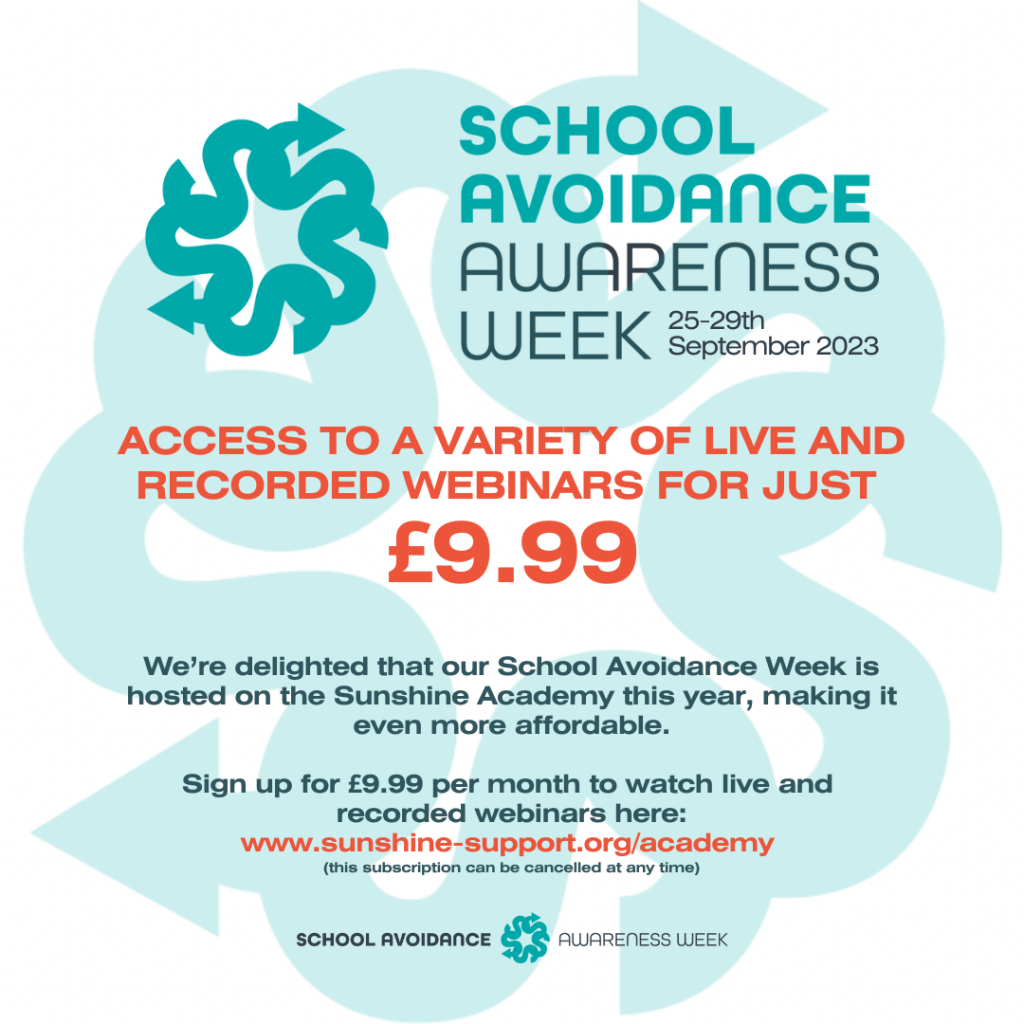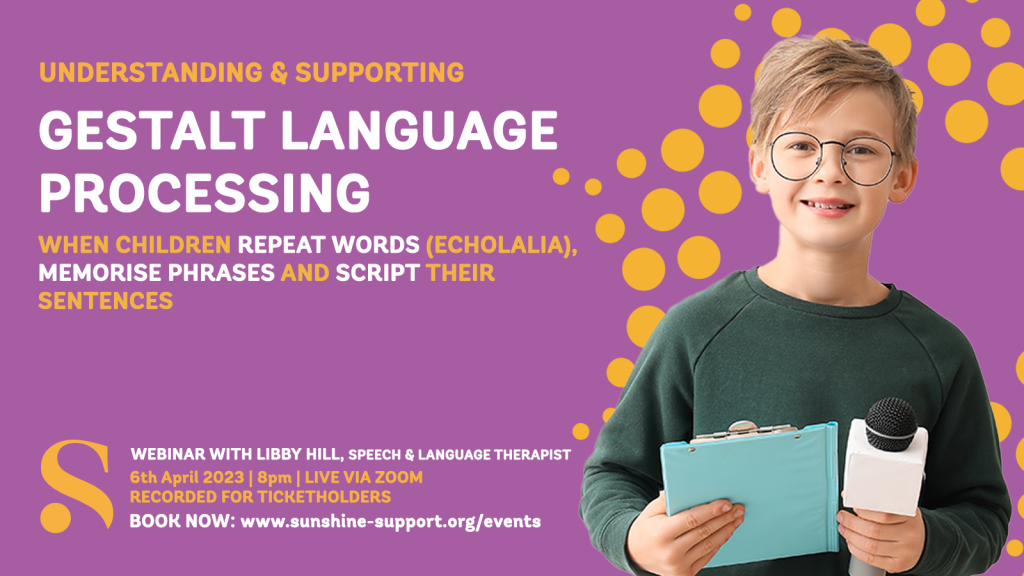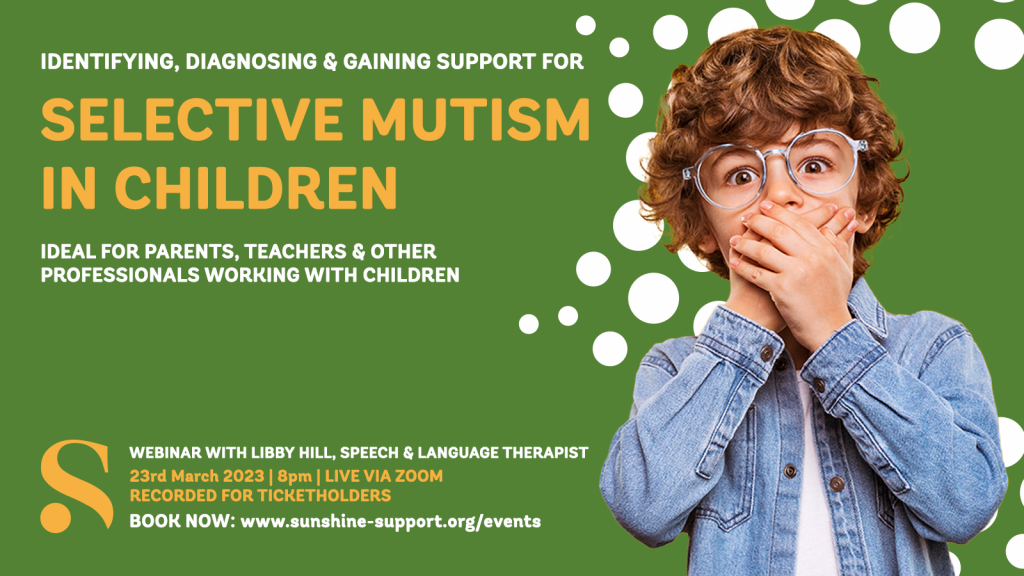
We all know that sometimes professionals get it wrong – they are only human. There are a few obvious problems with this but the one l intend to focus on is the spread of misinformation that is often caused. When it comes to selective mutism it seems false information has spread like a virus. Everyone is infected. Some believe in different conspiracies of where it came from. Others are completely denying its existence. The truth seems to be buried under all of his resulting in children and young people without support and an understanding from others.
What is selective mutism really?
Selective Mutism is considered to be a severe anxiety disorder in where an individual becomes unable to speak in certain social situations. However, describing it as an anxiety disorder doesn’t quite help understand the condition. It can be better described as a behaviour that occurs during a situation where an individual does not feel safe. Behaviour is communication, and in knowing that we can ask what the cause of this behaviour is.
Situational Mutism is a much more apt way to describe it. A situation triggers a freeze response where an individual loses the ability to communicate verbally.
It is NOT a conscious decision to not talk
It us NOT elective
It is a form of communication that needs are not met
It can be a TRAUMA response
The difference between anxiety and hypervigilance?
Knowing the difference between anxiety and hypervigilance is key to understanding Selective Mutism.
When we experience anxiety, that is our bodies way of alerting us of danger.
When we become hypervigilant, we are assuming that danger is already there which creates a state of constant anxiety.
Early Signs of Selective Mutism
- Only speaking in certain situations/around certain or familiar people
- Shyness or being withdrawn in social situations
- Experiencing meltdowns at home
- Poor co-ordination, being tense
- Avoidance of social situations
- Anxiety
- Hypervigilance
- Low mood
- Nonverbal communication to express needs (nodding head, pointing, etc)
- Avoiding eye contact, lack of expression or movement
We recorded this over a year ago now with Speech and Language Therapist Libby Hill. It is packed with information that will help to further your understanding of Selective Mutism.
Libby says “the selective mutism is telling us they don’t feel safe. So, we need to make the environment one where they DO feel safe.”
There are several ways we can intervene in order to make an environment safe:
Desensitisation – creating gradual exposure to social situations in where speech would be expected. For example, socialising in small groups with familiar people.
Positive Reinforcement – Not patronising (never talk down to children or ANYONE), but celebrating small wins to create that safe space of positive reinforcement.
Building Social Skills – However, not all children/people want to be sociable. Some may struggle to make connections/friends, but ask, do they really want them? We don’t want to encourage masking/fawning.
Anxiety-focused support – There are so many techniques designed to manage and reduce anxiety. Everyone is different so everyone will response better to different things.
Understanding Trauma – Whether trauma is the cause of the Selective Mutism or there has been trauma from having Selective Mutism, having a better understanding will help recovery. We have a great video covering Trauma here. We have an informative blog here too.







